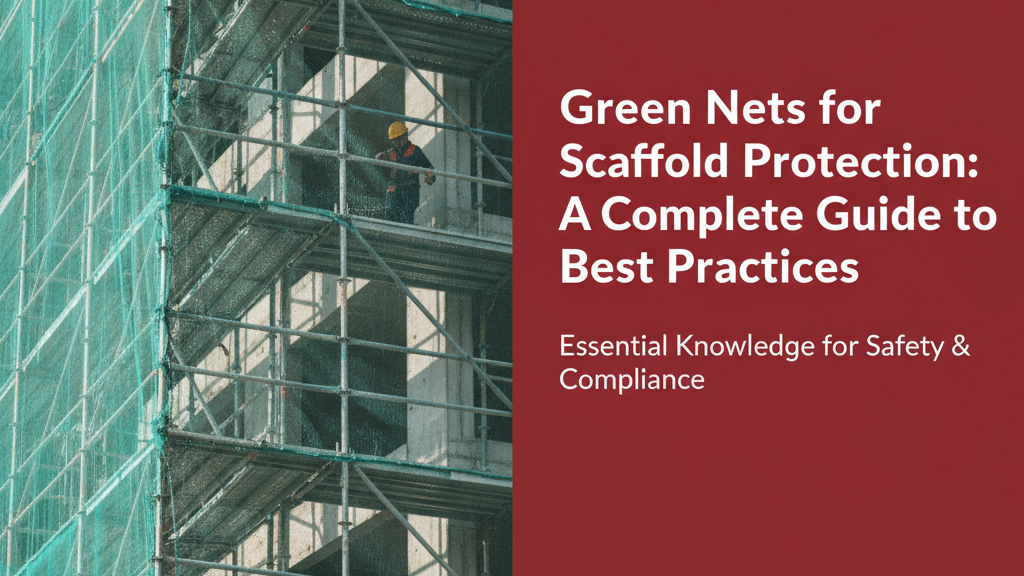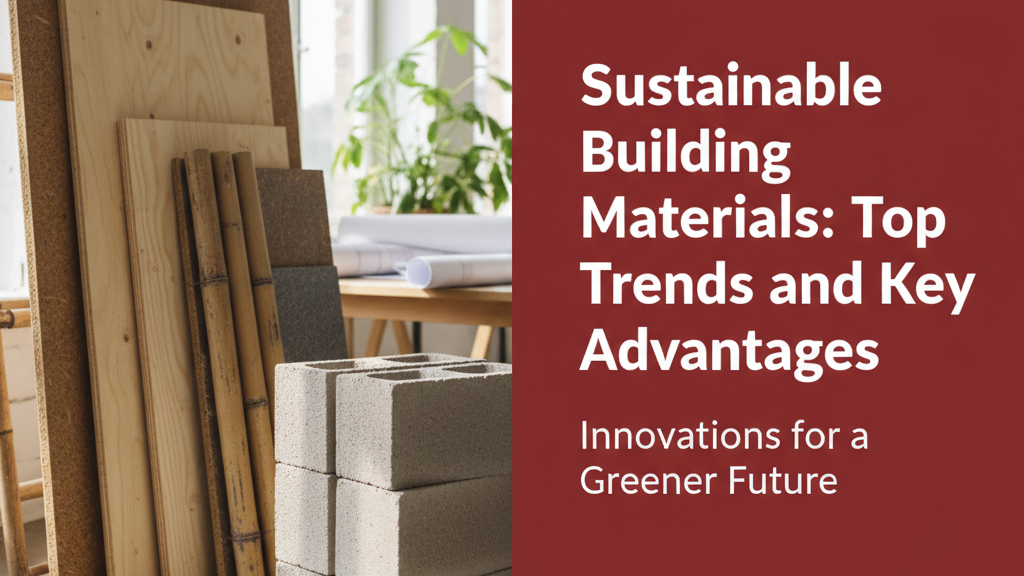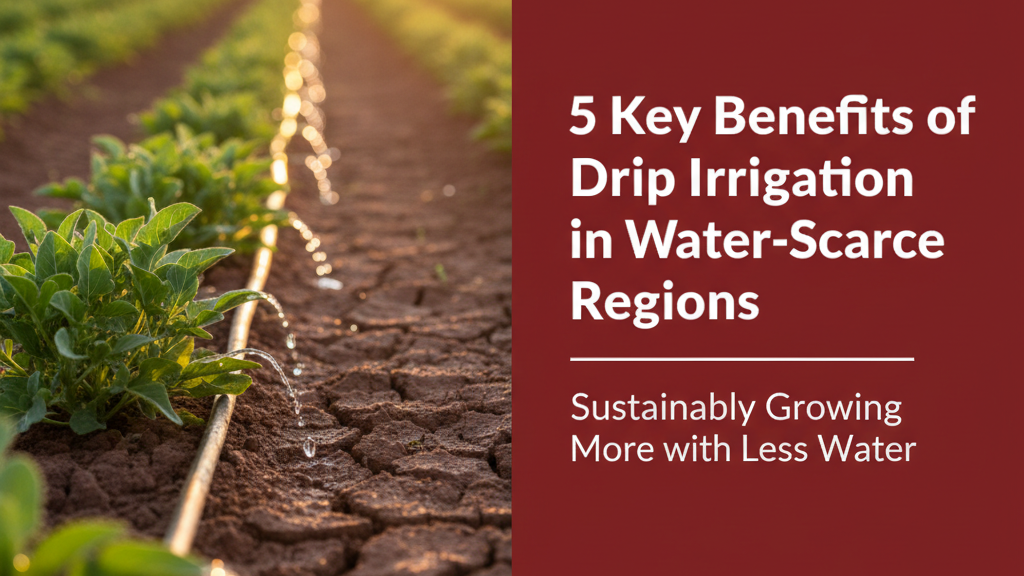Introduction to Scaffold Protection Nets
Scaffold protection nets, particularly green nets, have become indispensable in modern construction sites across India. These nets serve multiple purposes—from enhancing worker safety to minimising debris fall and reducing environmental impact. Their distinctive green colour offers high visibility while blending with urban landscapes better than traditional materials.
Why Use Green Nets for Scaffolding?
Green scaffold nets are preferred for their balanced combination of functionality and aesthetics. Unlike conventional materials, they:
- Provide UV resistance (typically 2–5 years lifespan under Indian sun exposure)
- Blend with foliage in urban areas, reducing visual pollution
- Maintain tensile strength (usually 180–250 gsm density) despite monsoon humidity
Key Benefits of Green Scaffold Nets
Enhanced Safety
Green nets act as a physical barrier, preventing tools or materials from falling off scaffolds. Their knitted design (typically 2–4 mm mesh size) catches debris while allowing wind passage—critical for high-rise projects in windy regions like coastal cities.
Environmental Benefits
Made from high-density polyethylene (HDPE), these nets are 100% recyclable. Their production emits 30–40% less carbon compared to alternatives like nylon. The green pigment contains UV-stabilising additives, reducing replacement frequency.
Cost-Effectiveness
With an average cost of ₹12–18 per square metre, green nets offer better long-term value than metal catch platforms. Their lightweight nature cuts transport costs by ~25% versus heavier alternatives.
Durability and Weather Resistance
Quality green nets withstand:
- Temperatures from -5°C to 65°C (ideal for Himalayan projects to Rajasthan summers)
- Wind speeds up to 90 km/h when properly tensioned
- Continuous monsoon exposure for 3+ seasons without significant strength loss
Best Practices for Installing Green Scaffold Nets
Choosing the Right Netting Material
Prioritise nets with:
- ISI/BIS certification for fire retardancy (Class 1 rating)
- Knitted (not woven) construction for better tear resistance
- UV-treated HDPE with ≥200 gsm density for tropical climates
Correct Installation Techniques
Follow this checklist:
- Overlap adjacent nets by ≥150 mm
- Use rust-proof galvanised hooks or polypropylene ropes (3–5 mm thickness)
- Maintain 50–75 mm sag between anchor points for wind relief
- Secure perimeter edges with double stitching or reinforced borders
Maintenance and Inspection Tips
Inspect nets weekly for:
- Frayed edges exceeding 10% of total length
- Holes larger than 50 mm diameter
- Discolouration indicating UV degradation
Clean with mild detergent monthly—avoid abrasive chemicals that weaken fibres.
Common Mistakes to Avoid with Scaffold Nets
Poor Tensioning
Loose nets sag dangerously under debris load. Ensure tension allows ≤100 mm deflection when tested with 1 kg weight at centre.
Incorrect Fastening
Using plastic zip ties instead of steel hooks causes failures in high winds. Always follow manufacturer’s anchoring guidelines.
Using Damaged Nets
A net with just 5% damage area loses ~40% strength. Replace compromised sections immediately—never patch with non-matching materials.
FAQs About Green Scaffold Protection Nets
Q: How often should scaffold nets be replaced?
A: Every 18–36 months depending on sun exposure. Coastal sites require more frequent replacement (12–24 months) due to salt corrosion.
Q: Can green nets prevent bird nesting?
A: Partially—the 20–25 mm mesh discourages large birds, but smaller species may still nest. Combine with acoustic deterrents for full protection.
Q: Are these nets suitable for earthquake-prone zones?
A: Yes, their flexibility allows movement without tearing. Ensure extra perimeter fastening in seismic zones (hooks every 300 mm instead of 450 mm).
Conclusion: Ensuring Safety and Efficiency with Green Nets
Green scaffold nets represent a smart convergence of safety, sustainability, and cost efficiency for Indian construction projects. By selecting quality materials, installing with precision, and maintaining vigilantly, contractors can achieve compliance with IS 3696-1966 safety standards while extending net lifespan. Their adaptability makes them equally effective for metro projects in Mumbai or residential complexes in North Bengal’s variable climate.




